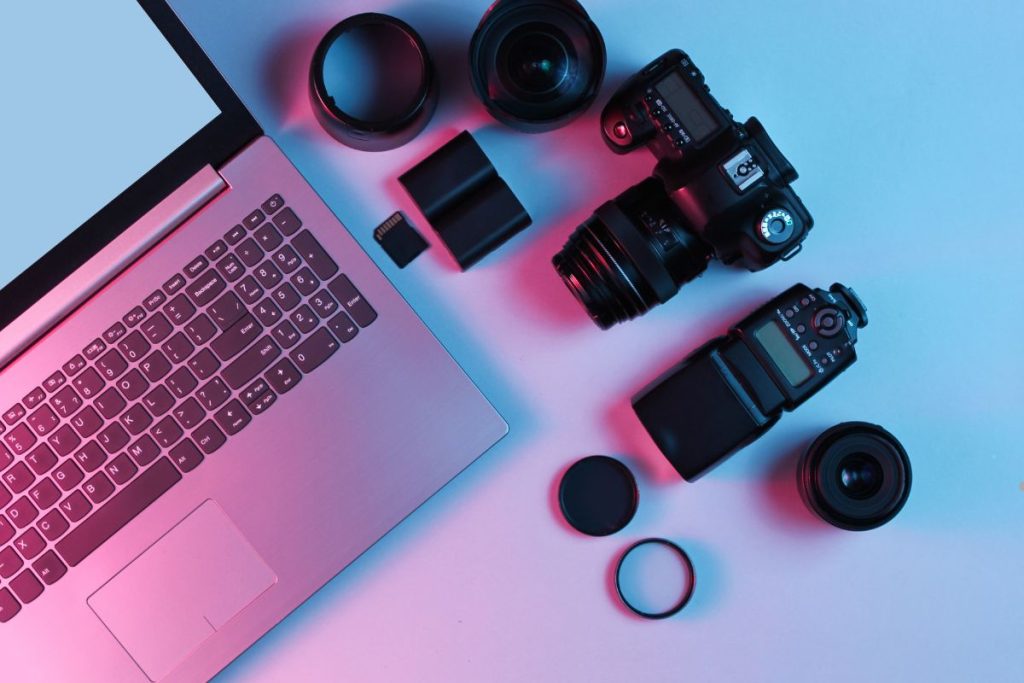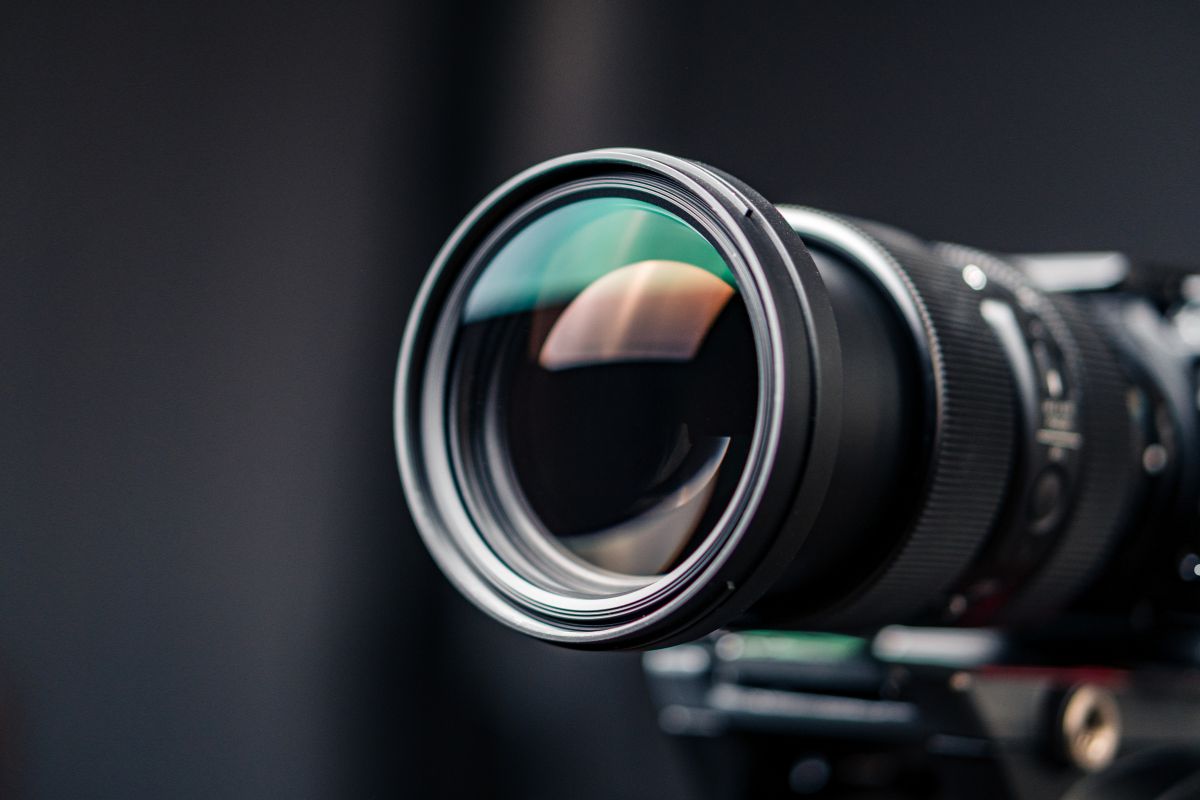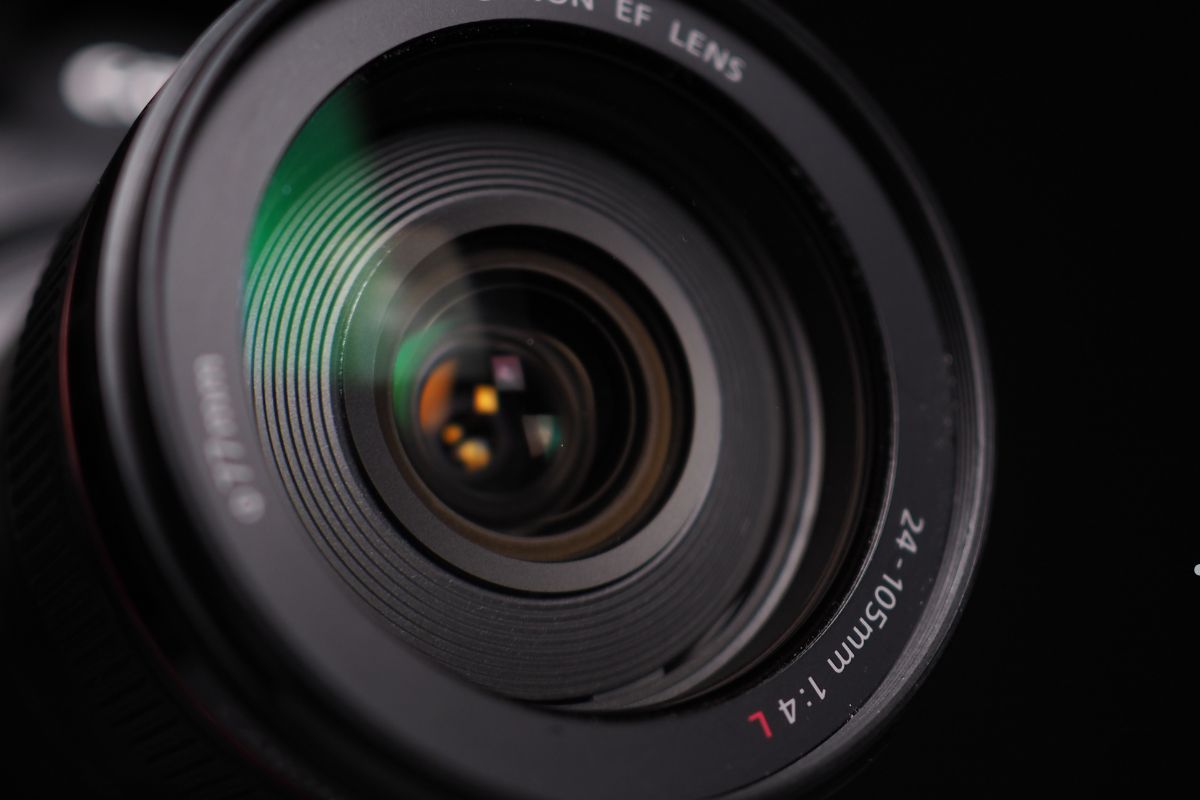
Ensuring top-notch camera quality involves understanding a few key specifications and knowing how to test a camera’s performance. This guide will walk you through everything from understanding megapixels to evaluating low-light performance, so you can make an informed decision when choosing your next camera. Ready to capture stunning images? Let’s dive in!
In today’s world, where visual content is king, the quality of your camera has never been more important. Whether you’re a professional photographer, a social media enthusiast, or someone who loves capturing memories, understanding how to evaluate camera quality is essential. A great camera can turn an ordinary shot into a breathtaking masterpiece. This guide will provide you with the insights needed to assess cameras like an expert, ensuring you achieve the best possible image quality for your needs. For professional advice, camera selection, and installation services, contact us today!
Understanding Key Camera Specifications
Camera specifications can seem daunting at first, but understanding a few key terms will empower you to make informed decisions. Here’s a breakdown of the most important specs:

- Resolution (Megapixels): Megapixels refer to the number of pixels in an image. More megapixels generally mean more detail, allowing for larger prints and more aggressive cropping. However, megapixels aren’t everything; sensor size and lens quality also play a crucial role.
- Sensor Size: The sensor is the heart of the camera. A larger sensor captures more light, resulting in better image quality, especially in low-light conditions. Larger sensors also tend to produce images with shallower depth of field, creating a more artistic “blurred background” effect.
- Lens Quality (Aperture, Zoom): The lens is just as important as the sensor. A high-quality lens will produce sharper images with less distortion. Aperture, measured in f-stops (e.g., f/1.8, f/2.8), determines how much light enters the camera. A wider aperture (smaller f-number) allows for more light, which is ideal for low-light photography and creating shallow depth of field. Zoom lenses offer versatility, but prime lenses (fixed focal length) often offer superior image quality.
- Image Stabilization: Image stabilization helps to reduce blur caused by camera shake, especially in low-light conditions or when using longer zoom lenses. Optical image stabilization (OIS) is generally more effective than digital image stabilization.
Selecting the ideal security camera for your San Francisco property can seem like a daunting task. The best choice is the one that aligns perfectly with your unique needs, property layout, and security objectives. This detailed guide will walk you through all the essential steps, from identifying your priorities to addressing specific considerations for San Francisco, ensuring you select a system that offers maximum protection and peace of mind. For more insights, check out our previous blog on choosing the best security camera for your San Francisco property
Testing Camera Performance: What to Look For
Beyond the specifications, it’s essential to test a camera’s performance in real-world scenarios. Here’s what to look for:
- Image Sharpness: Sharpness refers to the level of detail in an image. Look for images that are crisp and clear, with well-defined edges. You can test sharpness by taking photos of subjects with intricate details, such as text or foliage.
- Dynamic Range: Dynamic range is the camera’s ability to capture detail in both the brightest and darkest areas of a scene. A camera with a wide dynamic range will be able to capture detail in highlights and shadows, preventing them from being clipped pure white or pure black.
- Low Light Performance: Low light performance is crucial for capturing usable images in dimly lit environments. Look for images that are clean and free of excessive noise (graininess) at high ISO settings.
- Color Accuracy: Color accuracy refers to how faithfully the camera reproduces colors. Look for images that have natural and realistic colors.
- Video Quality (Resolution, Frame Rate): If you plan on shooting video, pay attention to video resolution (e.g., 4K, 1080p) and frame rate (e.g., 30fps, 60fps). Higher resolution and frame rates generally result in smoother, more detailed video.
Factors Affecting Camera Quality Beyond Specs
While specifications provide a good starting point, several factors beyond the numbers can significantly impact camera quality.
- Image Processing: The camera’s image processing algorithms play a crucial role in determining the final image quality. Overly aggressive image processing can lead to artificial-looking images with excessive sharpening or noise reduction.
- Brand Reputation and User Reviews: Researching camera brands and reading user reviews is a great way to gain valuable insights into a camera’s overall quality and reliability. Well-established brands known for their innovation and quality are typically a safe choice. Be sure to focus on user reviews that highlight real-world experiences and any potential issues. Additionally, take note of what professional photographers are saying, as they often depend on high-quality cameras for their businesses, making their reviews particularly useful. For expert advice and camera recommendations, call us today!
Different Types of Cameras and Their Quality
The type of camera you choose will depend on your specific needs and budget. Here’s a brief overview of the most common types:

- Smartphones: Smartphone cameras have come a long way in recent years and are capable of producing surprisingly good image quality, especially in good lighting conditions. However, they typically have smaller sensors and less sophisticated lenses than dedicated cameras.
- Point-and-Shoot Cameras: Point-and-shoot cameras are compact and easy to use, making them a good option for casual photographers. They generally offer better image quality than smartphones, but still lag behind DSLRs and mirrorless cameras.
- DSLR Cameras: DSLRs (Digital Single-Lens Reflex) are known for their excellent image quality, versatility, and extensive lens options. They offer manual controls and allow for interchangeable lenses, giving you more creative control over your photos.
- Mirrorless Cameras: Mirrorless cameras are similar to DSLRs in terms of image quality and features, but they are typically smaller and lighter. They also offer interchangeable lenses and manual controls.
- Action Cameras: Action cameras are designed for capturing action-packed footage in challenging environments. They are typically rugged, waterproof, and capable of shooting high-resolution video at high frame rates.
Tips for Maintaining Camera Quality
Proper care and maintenance are essential for preserving the quality of your camera over time.
- Cleaning Your Lens: Use a microfiber cloth and lens cleaning solution to gently clean your lens. Avoid using harsh chemicals or abrasive materials.
- Storing Your Camera Properly: Store your camera in a cool, dry place, away from direct sunlight and extreme temperatures. Use a camera bag or case to protect it from dust, moisture, and physical damage.
- Protecting Your Camera from the Elements: When shooting in challenging weather conditions such as rain, snow, or sand, it’s important to protect your camera from the elements to ensure its longevity and functionality. Using a waterproof or weather-sealed camera bag or cover is an excellent way to safeguard your equipment from moisture, dirt, and debris. This protective gear helps keep your camera safe while you capture stunning shots, no matter the weather. Always remember that taking the extra step to shield your camera can prevent costly damage and ensure your gear stays in top condition. For expert guidance and recommendations on camera protection and accessories, call us today!
Frequently Asked Questions (FAQs)
What is the most important factor in camera quality?
While several factors contribute to camera quality, sensor size and lens quality are arguably the most important. A larger sensor captures more light, resulting in better image quality, especially in low-light conditions. A high-quality lens will produce sharper images with less distortion.
How many megapixels are enough?
The number of megapixels you need depends on how you plan to use your photos. For most casual users, 12-20 megapixels is more than enough for printing photos up to 8×10 inches and sharing them online. Professional photographers who need to print large-format images may require more megapixels.
Is sensor size more important than megapixels?
In general, sensor size is more important than megapixels. A larger sensor captures more light, resulting in better image quality, especially in low-light conditions. Increasing megapixels without increasing sensor size can actually lead to lower image quality due to smaller pixel size.
How do I test a camera before buying it?
Before buying a camera, test its performance in real-world scenarios. Take photos in different lighting conditions, focusing on subjects with intricate details. Evaluate image sharpness, dynamic range, low light performance, and color accuracy. Also, research camera brands and read user reviews to get a better understanding of the camera’s overall quality and reliability.
Grasping the importance of camera quality is crucial for capturing breathtaking images and preserving unforgettable memories. By familiarizing yourself with key specifications, evaluating camera performance, and considering factors beyond just the numbers, you can make informed decisions to select the perfect camera for your needs. Don’t forget to prioritize sensor size and lens quality, and take the time to explore different brands and read user reviews for a well-rounded perspective. For expert advice and personalized camera recommendations, contact us today!
